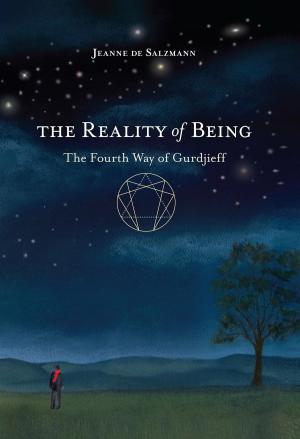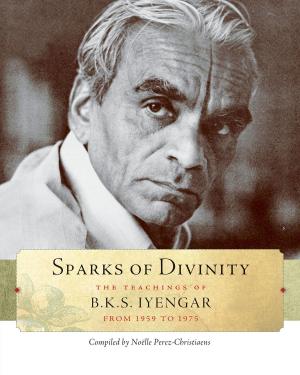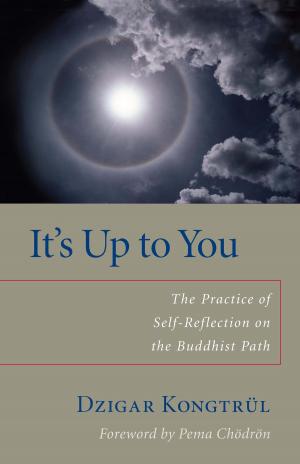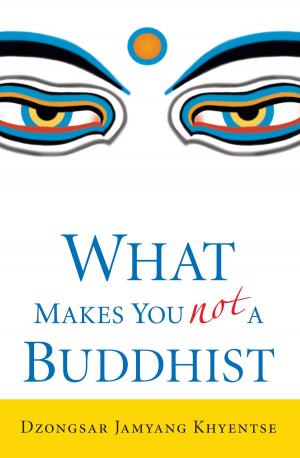Make Peace before the Sun Goes Down
The Long Encounter of Thomas Merton and His Abbot, James Fox
Nonfiction, Religion & Spirituality, Eastern Religions, Zen Buddhism, Philosophy, Religious, Christianity, Denominations, Catholic, Catholicism| Author: | Roger Lipsey | ISBN: | 9780834800915 |
| Publisher: | Shambhala | Publication: | May 19, 2015 |
| Imprint: | Shambhala | Language: | English |
| Author: | Roger Lipsey |
| ISBN: | 9780834800915 |
| Publisher: | Shambhala |
| Publication: | May 19, 2015 |
| Imprint: | Shambhala |
| Language: | English |
In the 1950s and ’60s, Thomas Merton, a monk of the Trappist monastery of Gethsemani in Kentucky, published a string of books that are among the most influential spiritual books of the twentieth century—including the mega–best seller The Seven-Storey Mountain. He was something of a rock star for a cloistered monk, and from his monastic cell he enjoyed a wide and lively correspondence with people from the worlds of religion, literature, and politics. During that period he also explored and wrote extensively on Buddhism, Sufism, art, and social action. The man to whom he owed obedience in the cloistered life was a much more traditional Catholic, his abbot, Dom James Fox. To say that these two men had a conflicted relationship would be an understatement, but the tension their differences in orientation brought actually led to creative results on both sides and to a kind of hard-won respect and love. Roger Lipsey’s portrait of this unusual relationship is compelling and moving; it shows Merton in the years his imagination was taking him far beyond the walls of the monastery, and eventually, literally to Asia.
In the 1950s and ’60s, Thomas Merton, a monk of the Trappist monastery of Gethsemani in Kentucky, published a string of books that are among the most influential spiritual books of the twentieth century—including the mega–best seller The Seven-Storey Mountain. He was something of a rock star for a cloistered monk, and from his monastic cell he enjoyed a wide and lively correspondence with people from the worlds of religion, literature, and politics. During that period he also explored and wrote extensively on Buddhism, Sufism, art, and social action. The man to whom he owed obedience in the cloistered life was a much more traditional Catholic, his abbot, Dom James Fox. To say that these two men had a conflicted relationship would be an understatement, but the tension their differences in orientation brought actually led to creative results on both sides and to a kind of hard-won respect and love. Roger Lipsey’s portrait of this unusual relationship is compelling and moving; it shows Merton in the years his imagination was taking him far beyond the walls of the monastery, and eventually, literally to Asia.















